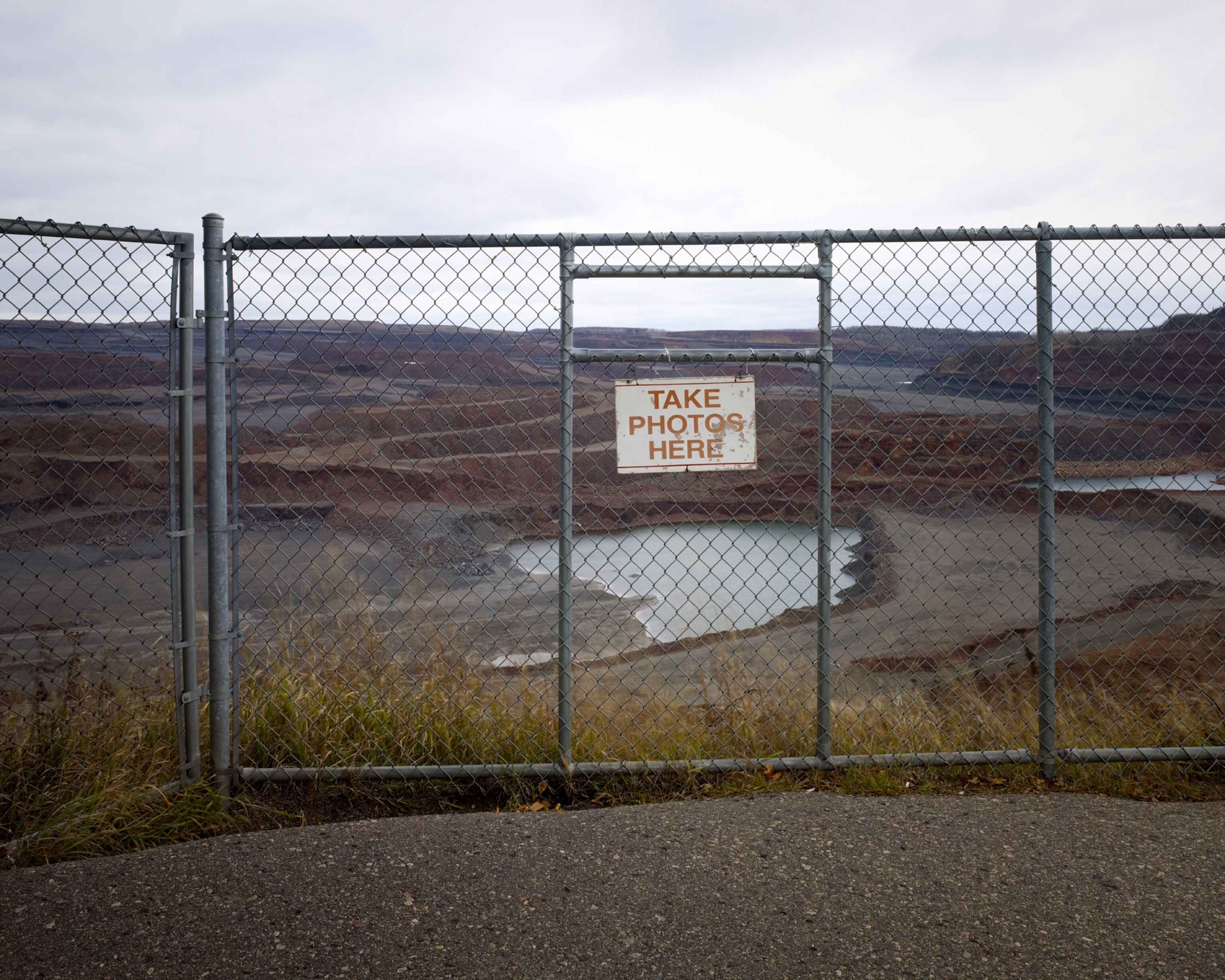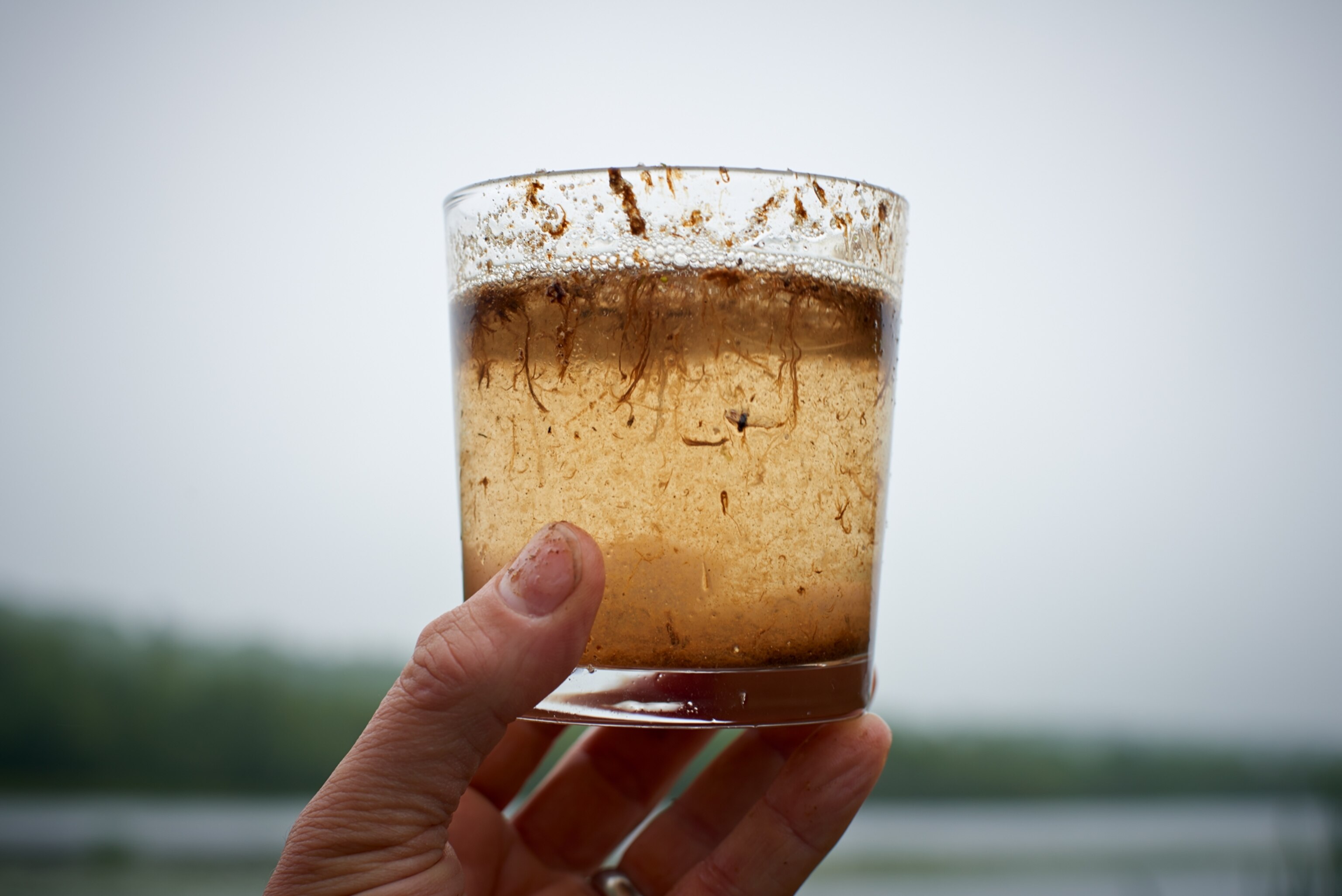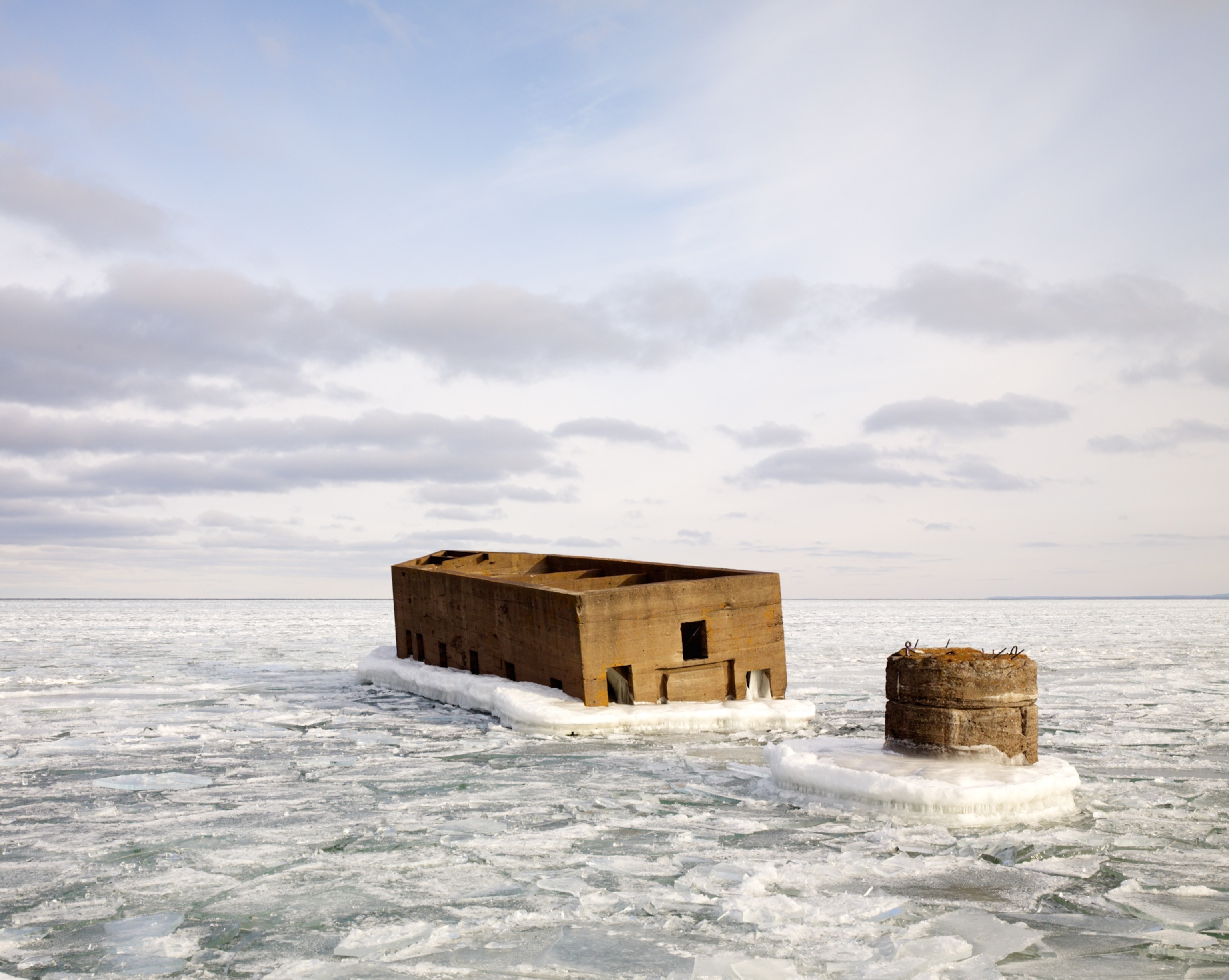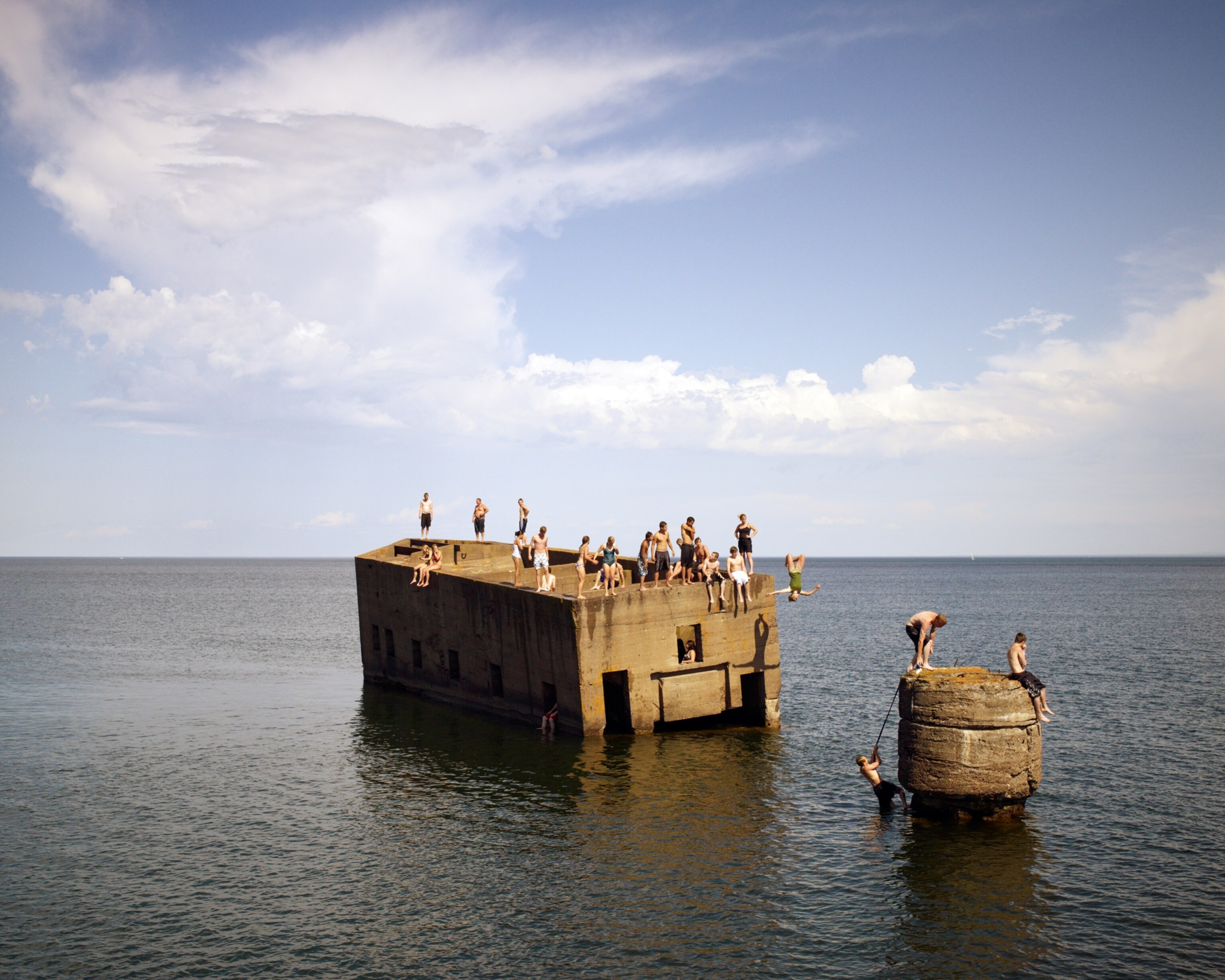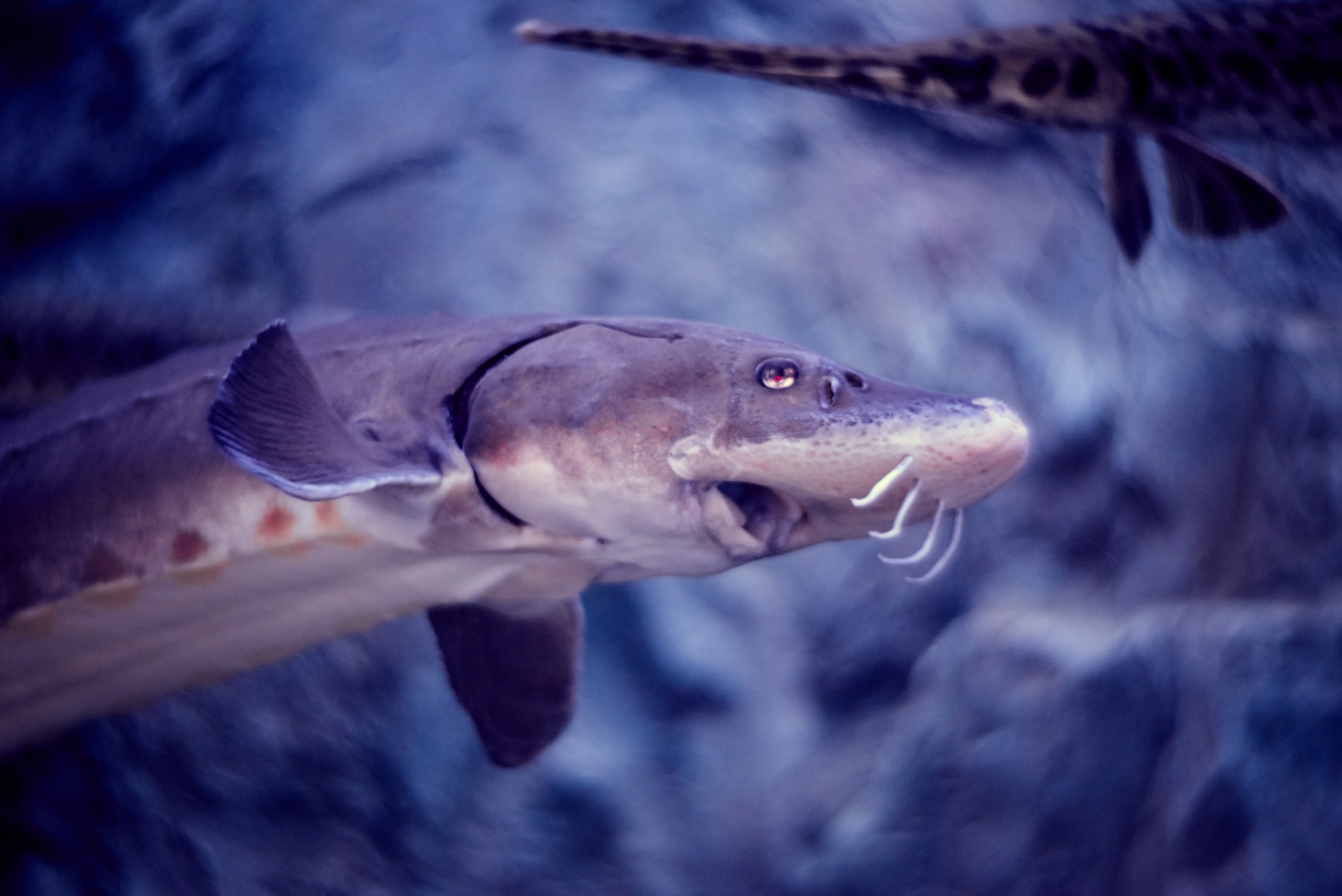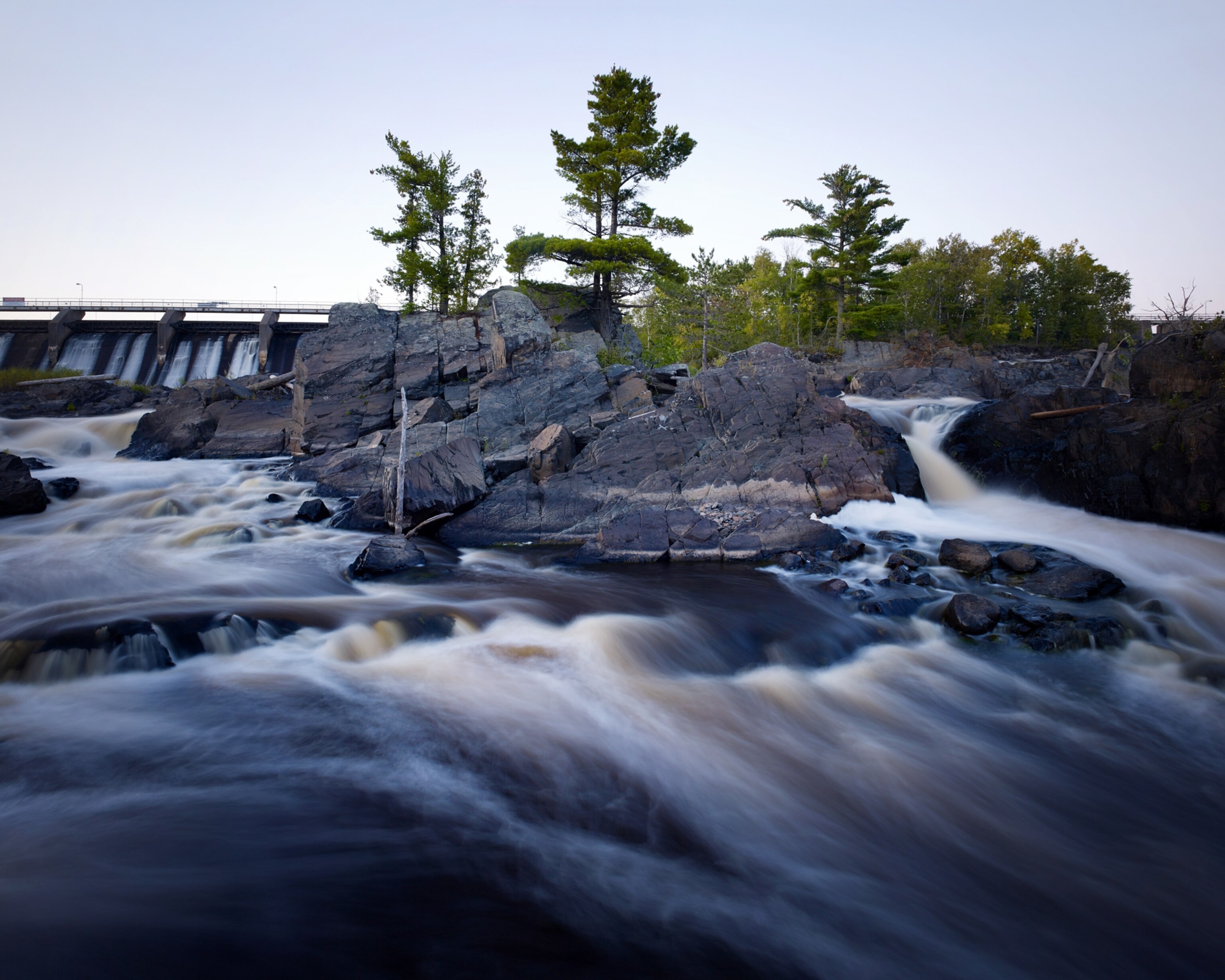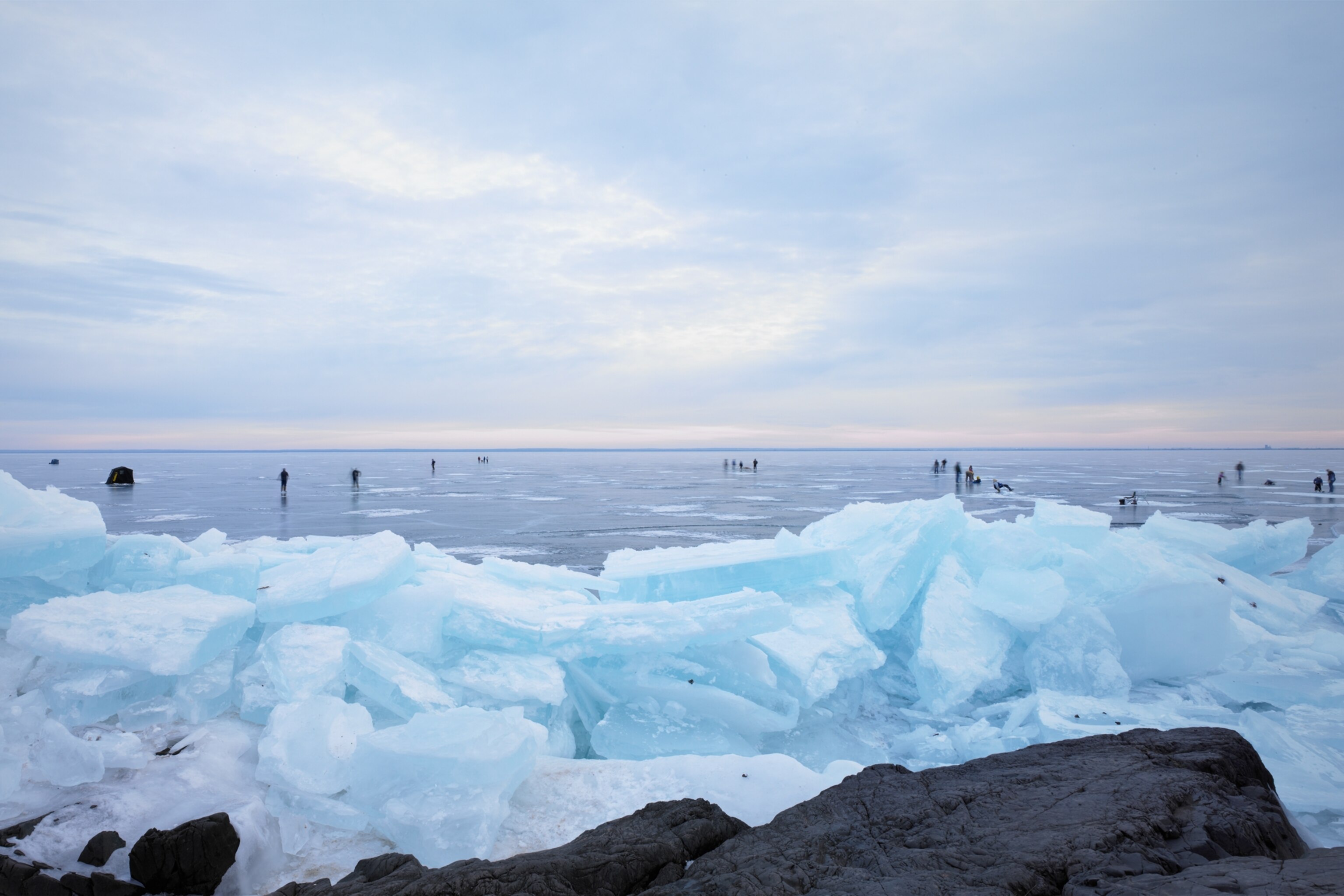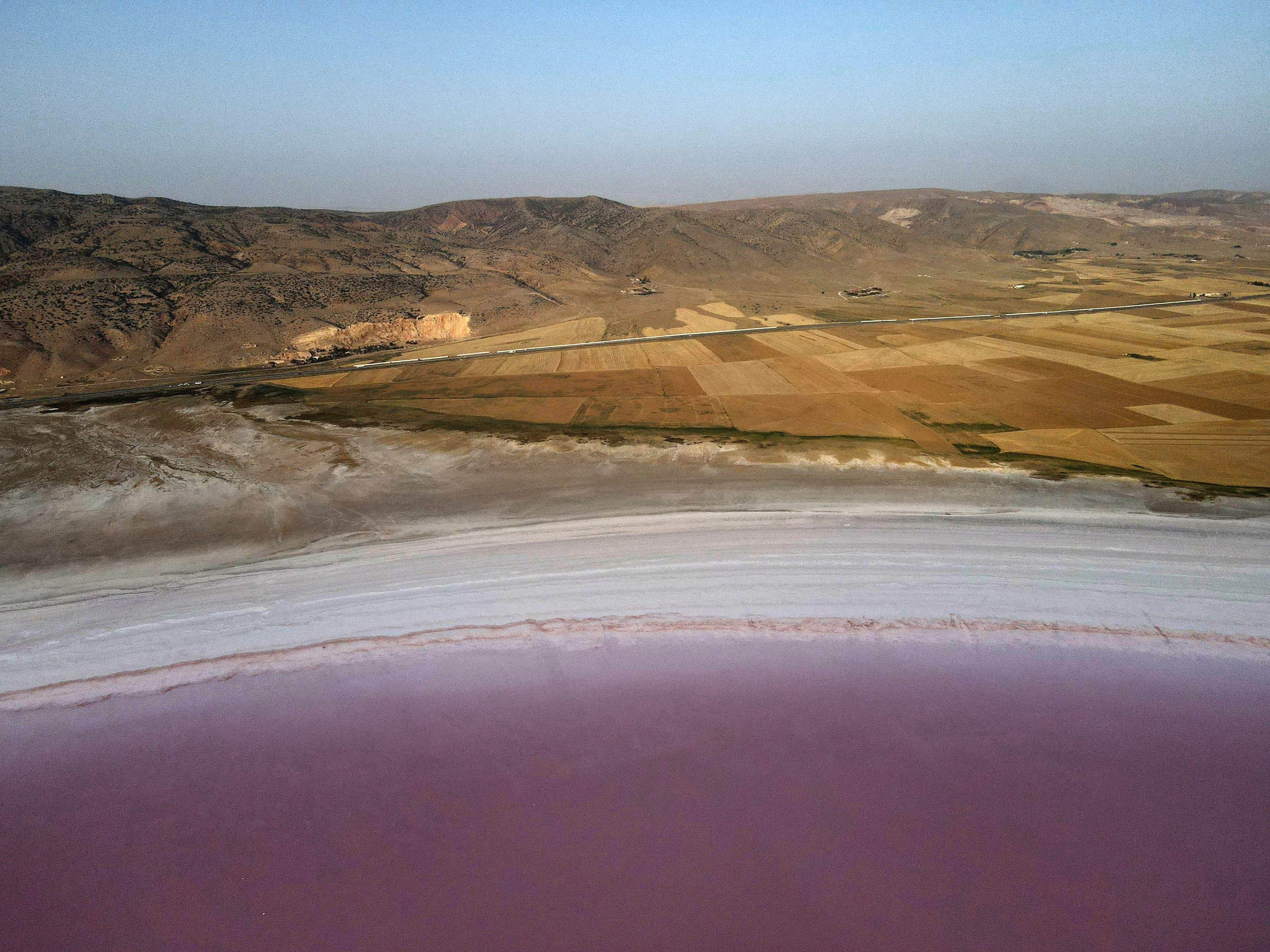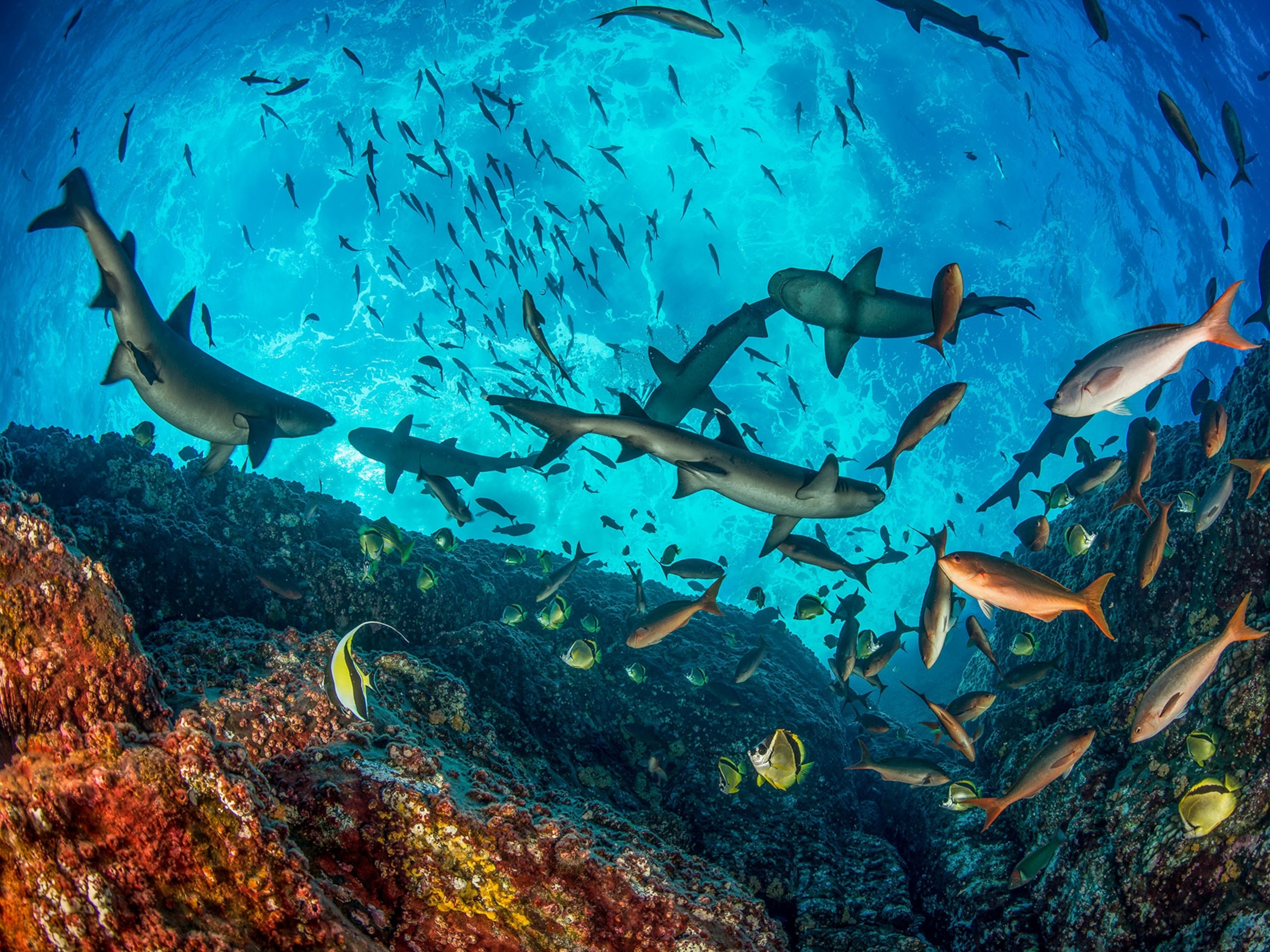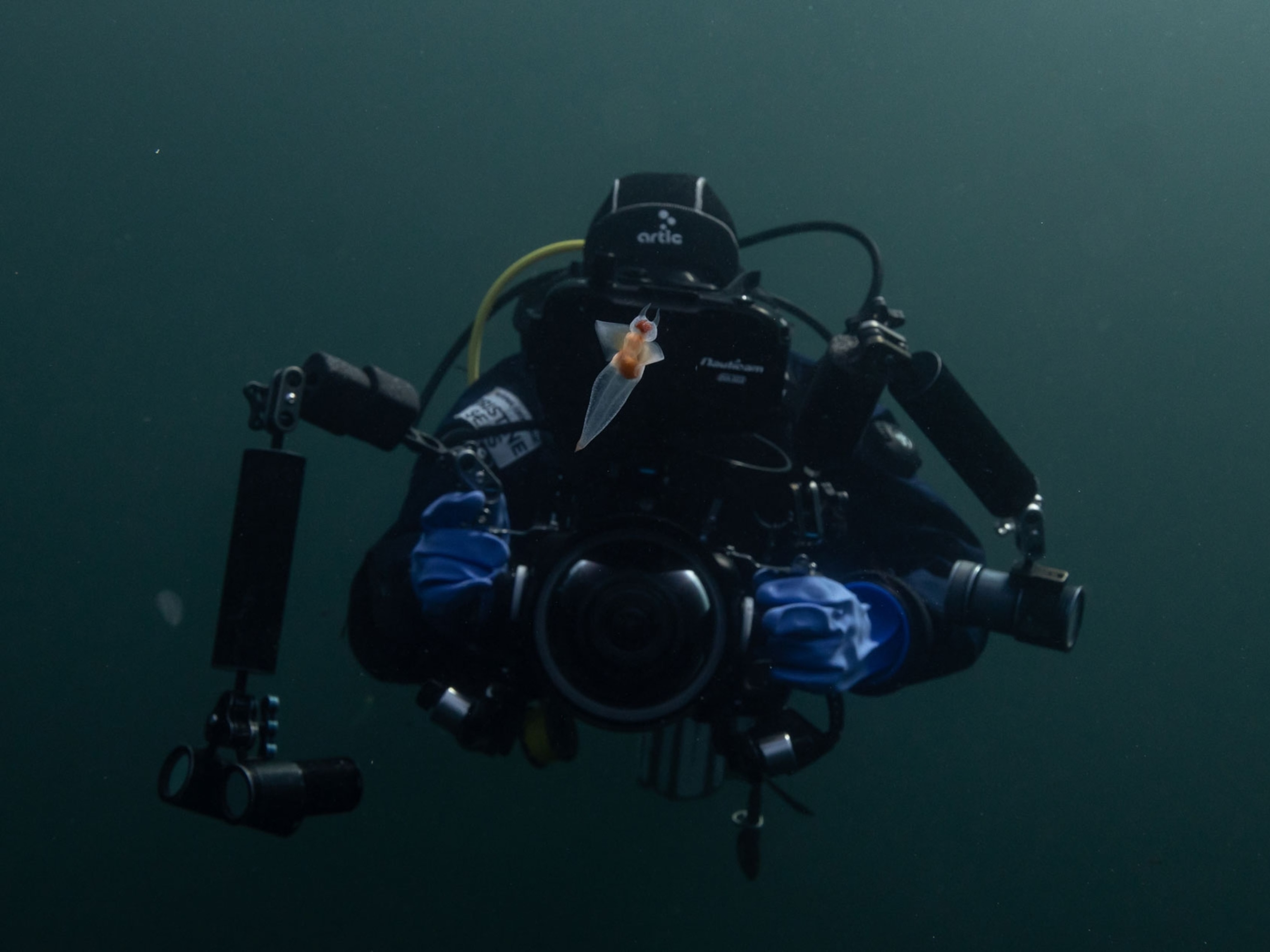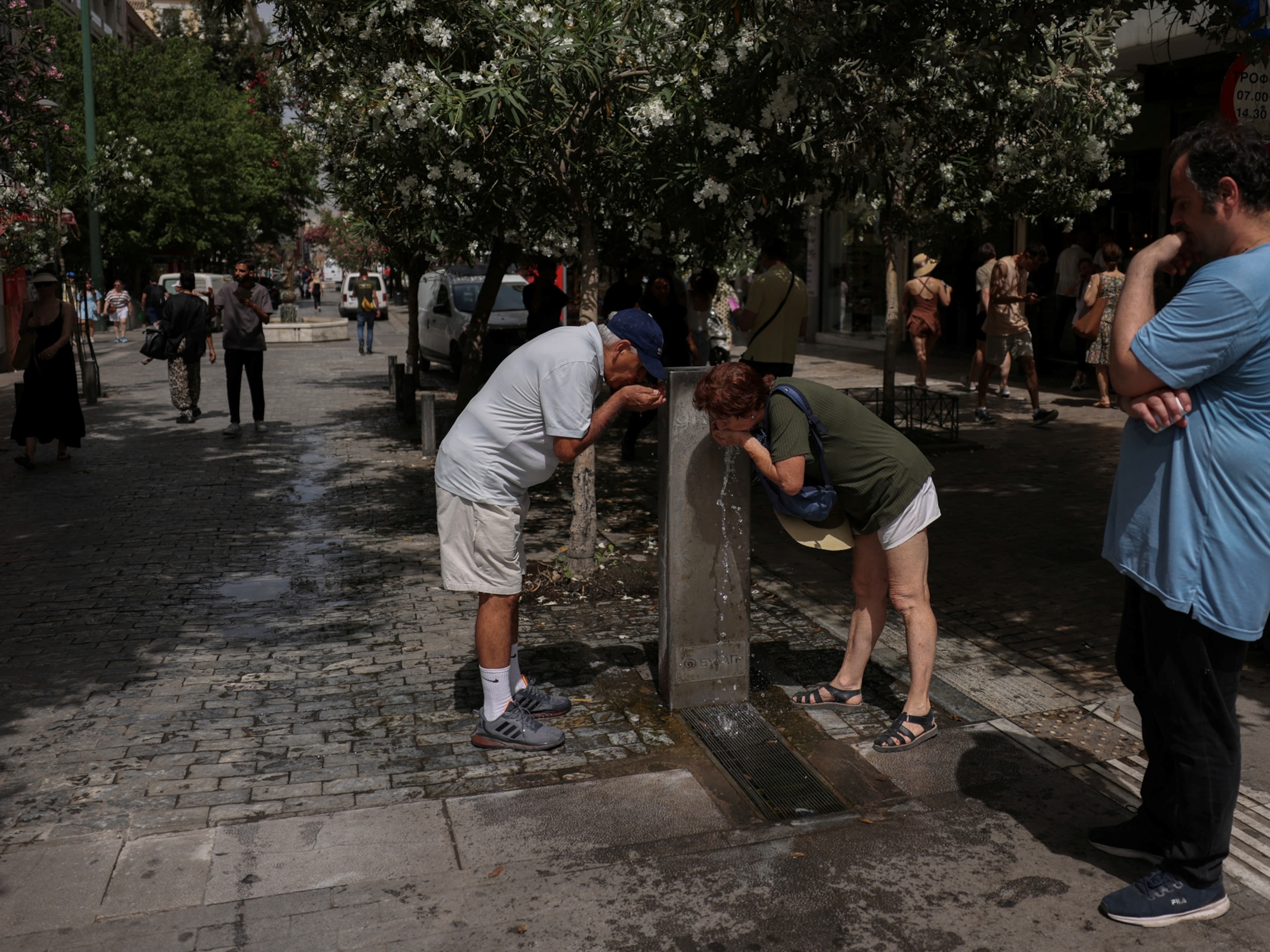Pictures: Beauty and Peril Along Endangered St. Louis River
A photographer captures the changing face of the Great Lakes by traveling the largest U.S. river that flows into Lake Superior.
Little known to most Americans, the St. Louis River in Minnesota and Wisconsin is an important source of water for the Great Lakes, which together make up the largest body of freshwater on Earth. The lakes hold about 95 percent of the surface freshwater in the U.S., and more than 26 million people rely on them for drinking water.
The St. Louis is also the eighth most endangered river in the U.S., according to a ranking released Tuesday by the advocacy group American Rivers. The annual round-up lists water bodies at risk from pollution, development, and other challenges.
To document the importance of the St. Louis River to the Great Lakes ecosystem and those who depend on it, photographer David Bowman followed the waterway from its source in the Mesabi Iron Range in northeastern Minnesota to its mouth in an estuary in Lake Superior, which straddles the border with Wisconsin.
“Along the way, the photographs address environmental challenges that threaten the diversity of the lakes’ plant and animal life, which in turn risks the overall health of the region,” Bowman says.
